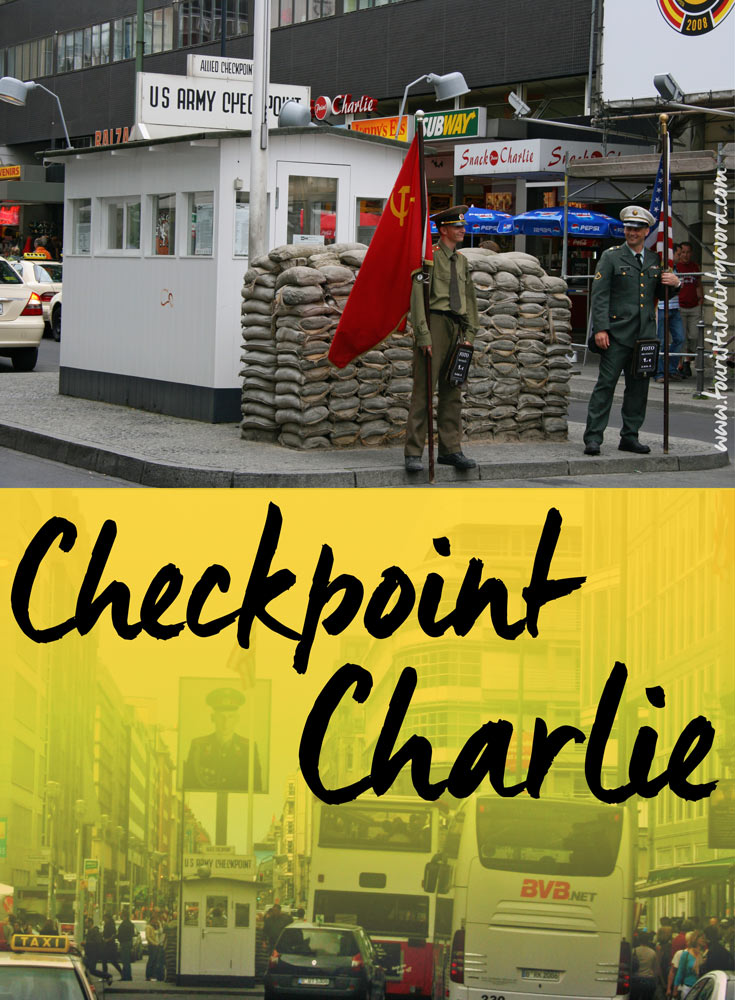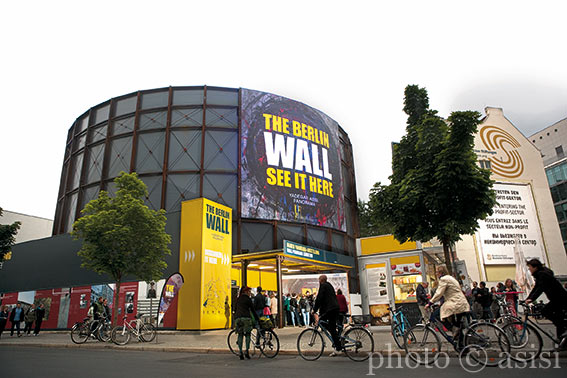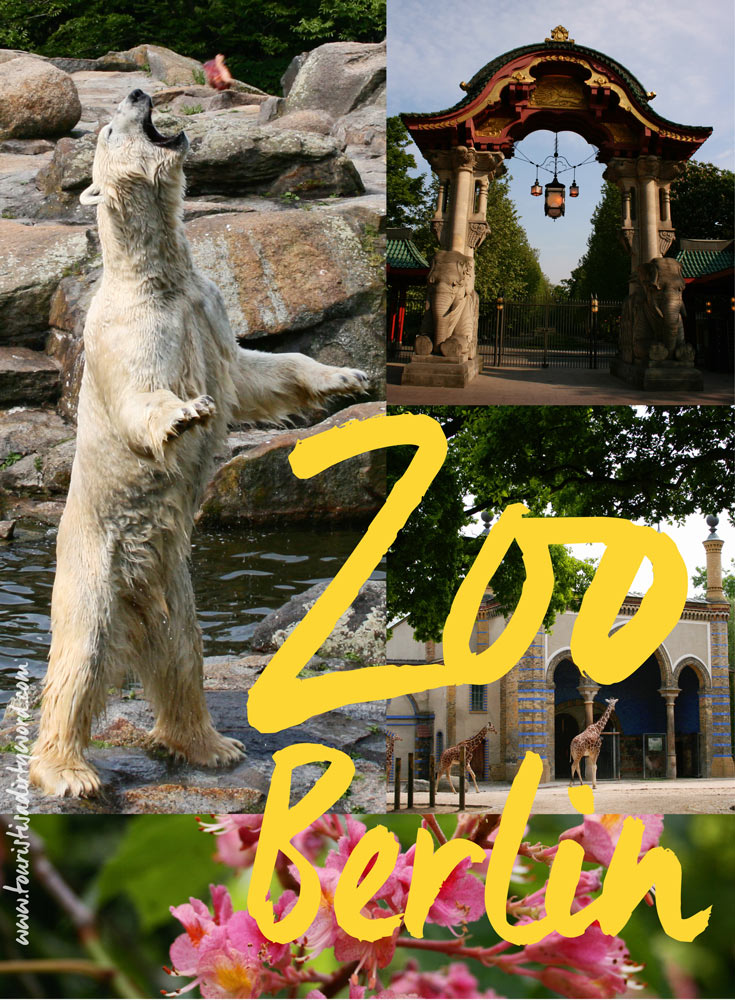Disclosure: Please note that some links are affiliate links, and at no additional cost to you, we earn a commission if you make a purchase.
If you would like to support this website in some way, using these links will help do exactly that.
The museum was so crowded, I quickly got separated from the rest of the family. Sebastian’s Dad and I were within eyesight of each other, since we’re both the ones to read every single thing from every single exhibit, and typically the last ones to finish museums. I was maybe 1/4th of the way through the museum, when a stranger beside me reached out and pulled out a drawer, that I didn’t even realize was a drawer, revealing a hidden cabinet of artifacts and more text.
My mind was blown. I looked around, and realized there were countless more drawers to open. I’m not kidding, I went back to the beginning of the museum and started over - this time looking for things to open! If you’re a germaphobe, please try and keep an open mind, and start experiencing this museum. Just wash your hands thoroughly when you leave and don’t touch your face or eyes while in the museum. If you can do that, you’re really in for a treat. I’ve never, ever been in a museum where you could literally touch, hear, feel, everything, NOT get in trouble, and NOT be in a museum designed for kids. Don’t get me wrong, there were kids there, but it is not a kid’s museum.
Admittedly, as an American my knowledge of East Germany, and East Berlin was pretty basic. I graduated high school in 2004, I was four years old when the Berlin wall came down, and every year in middle school and high school we had a running joke of whether or not we’d have time to get past WWII in history class. Literally, every history class I was in, it was no small feat to cover the ancient history until WWII before the school year was over. I never had a class make it to past WWII until I was in College, and even then it only focused on American creativity after 1945. As a result, this DDR Museum was absolutely fascinating to me. I really learned so much.
They had a Trabant driving simulator, which Sebastian and his Dad were really excited about. Outside of Berlin you rarely see the Trabant cars, simply because they were cheaply made and not desired anymore after the wall came down. There was also drawers full of artifacts like I mentioned before, where I learned about the education system they had. I couldn’t believe that if one student had to go to the bathroom, the entire class had to go, so everyone was treated equal.
One of the highlights is a replica of a typical Eastern German house recreated in an exhibit that you could move through, again opening kitchen cabinets, pick up the telephone, and so on. There was also a closet of clothes from East Germany, so you could touch and feel the difference in fabrics that they wore, and how they differed from the often much more comfortable fabrics in the west. Another part of the museum you actually walk through a wall of fog, and suddenly everything is militaristic and cold. This back section delves into the government that was behind everything you just saw in the first section that covered the daily life.
I think crowds are likely always an issue at this museum, and for good reason, it’s an amazing museum experience you won’t find anywhere else. The museum does stagger admission times in order to keep the foot traffic through the museum flowing. There’s definitely no right or wrong way to go through the exhibits. If the line was long for something, I’d just go to another exhibit. If you’re pressed for time, buy your tickets online in advance so you get a time window that works for you. Don’t miss this museum! Really, it was so fascinating I’ve been seeking out more books, TV shows, and movie about the time period.
Speaking of which! Be sure to check out the new mini-series (affiliate link) Deutschland 83, German, with English subtitles, a thrilling espionage saga. Here is a 30 second trailer that shows you what the mini-series is all about. Do you know of any other shows or movies about the DDR that you like? Please fill me in!

Photo Credit: The photos used for the title image are supplied from the DDR Museum, but the opinions and review you've read are our own, and from our own experience at the museum.

The Famous, or Infamous Checkpoint
When I first stepped around the street corner and saw the guards standing in front of the checkpoint holding an American flag and a Soviet flag, I was surprised and fascinated. In all of my life I had never seen a street divided by a guardhouse in the middle of a German city. The best known Berlin Wall crossing between East and West was Checkpoint Charlie. I was standing on the corner of Friedrichstraße and Zimmerstraße, taking in the atmosphere for a moment, looking at the surrounding buildings and imagining how it must have felt like to cross a border within a city.
My thoughts were abruptly interrupted by tourists streaming onto the street, talking to the guards and asking for pictures. I realize the ‘guards’ have a sign hanging from them that photos are two euros. A large tour bus drives by very slowly, with many cameras pointing out of the bus window at the guard house. I realized, that the guards at the checkpoint are students working for tips. I felt tricked when I found out later that the original guard booth has been moved to a museum, and we were looking at a replica staged for tourist pictures. To see the original guard booth, head over to the Allied Museum in Berlin-Zehlendorf, where you can find much more authentic artifacts and documents plus there is no entrance fee.
Asisi's Panorama The Wall
Across the street from Checkpoint Charlie you will find the Asisi Panorama The Wall in a huge, steel rotunda. It depicts a divided Berlin as seen from Kreuzberg to the area described as "Mitte" in the eastern part of the city, as painted by artist and architect Yadegar Asisi. The artist makes the following comment on his work: "During the 1980s I lived in Kreuzberg close to the wall - it was part of our daily lives back then. Many of the scenes and details of the panorama consolidate a part of my personal experience."

The Experience
Once you are inside you see a 180 degree panoramic picture, as seen from the scaffolding of a building undergoing renovation on the western side of the Berlin wall. The picture is 60 metres long and 15 metres tall, which comes to almost 200 feet long and 50 feet tall. It is overwhelming at first when you are trying to take in the scene playing out in front of you, complete with sound effects from hidden speakers. It's like you’ve been transported to an autumn day in the 1980’s with every day people going by their business on the East and on the West side. Some of them just walk along the street, some move furniture, kids are playing with a ball. All of this is happening only several feet from lines of barbed wire, armed guards and rifles pointing at the wall from a lookout tower. The longer you look at the scene, the more small details you will notice, drawn with such realistic detail that after a while you will forget you are looking at a painting. In between you hear street noise, music and soundbites from important moments in Berlin history, one of them being the speech of East German Secretary Walter Ulbricht during a press conference two months before the creation of the Berlin Wall where he states that "Nobody has the intention of putting up a wall". To immerse you even more into the atmosphere of being right next to the wall, the lighting switches between day and night mode every 10-15 minutes, giving you a whole new perspective of the same picture.
So Is It Worth Seeing the Panorama?
It was pricey to get in at 10 Euros per person, but Denise and I felt it was well worth it. We spent at least 45 minutes inside, soaking up the details, moving around and listening to the sound bits. I felt that this was the closest I will ever get to actually being in Berlin when the wall was still standing. As a work of art, ‘The Wall’ panorama is absolutely mind blowing. Neither Denise and I had ever seen anything like it. It's the closest thing I’ve felt to being inside someone else's memory. For more information on Yadegar Asisi and The Wall panorama in Berlin, click here.
Bonus Resources:
Video To see how large the guard booth had become in the final years leading to the fall of the Berlin Wall, watch this ABC news bit from 1990 here.
Podcast How the Berlin Wall Worked by Stuff You Missed in History Class (Denise's favorite podcast).
Have you been to Checkpoint Charlie, or been to see Asisi's Panorama? Tell us about it below in the comments.


One polar bear rose up on his back legs on a single rock in the middle of the pool. Scouting out the perfect spot in advance definitely payed off. I kept my finger on the shutter, while keeping an eye on the bears. The zookeeper started tossing what looked to be raw steaks toward the polar bears, and the one that was on his back legs easily caught them directly in his mouth! Many of the other polar bears dived into the water for theirs. After all of the bears had several steaks, the zookeeper tossed what appeared to be dinner rolls. The polar bears all floated amicably in their pool, balancing their rolls on top of their big paws. I didn’t know polar bears ate dinner rolls, but they’re just carbs right? They were adorable...from this side of the glass anyway.

One of the first things I research when looking into a city to explore is whether or not there is a zoo, and if so, are there polar bears? Berlin delivers on both counts! For being a zoo within the center of a city, it’s huge. We allotted just a morning there, and it wasn’t enough time to see everything. There’s also an aquarium onsite, but a separate admission, and a whole other zoo in eastern Berlin that’s managed by the same organization.
Tips for Visiting the Berlin Zoo
I always recommend going to zoos in the morning, since most animals are not active during the middle, or hotter part of the day. Take that advice to the next step, and plan on seeing the animal exhibit you’re most interested in first, to increase your chances of a good experience, as well as you’ll have a significant expanse of time between arriving and leaving that if need be you can visit that animal exhibit a second time if the first visit doesn’t pan out.The Berlin Zoo also presents their polar bear feeding as the first one in the morning. There are numerous other animal feedings and zoo keeper talks available throughout the day.
The Oldest Zoo in Germany
The Berlin Zoo is the oldest zoo in Germany, and kicks off in the 1840s when the Prussian King William IV inherited the throne as well as his father’s menagerie. He was more thrilled about the throne than the animals, suffice it to say. It was a great opportunity for a public zoo, and Martin Lichtenstein, Alexander Humboldt and landscape architect Peter Joseph Lenné jumped at it. You can read the fascinating history of the zoo on their site.
Unique Animal Houses
Many of the animal buildings, or houses, in the Berlin Zoo are themed according to the animal living there, and feel like an exhibit in and of itself. The bison have a native american lodge-like house, the giraffes and antelopes have a beautiful brick african inspired building, which was my favorite. Their house really suited the elegance of the giraffe and antelope. Double back up to the title image to see it. The majority of the zoo had to be rebuilt after World War II, but they were rebuilt to how they were before where possible. As I understand it, they’re currently renovating the panda pagoda in anticipation of new pandas from China, and they want to recreate the former elephant pagoda in the Indian style design it was before the war, at the same time expanding the surrounding area for the rhinos and hippos. They’ve shared some concept art on their site.
I have to give a shout out to the Zoo Berlin website, it's wonderful, and it's fully available in English. You can buy tickets in advance, and download a copy of the map. Be sure to check out the one of a kind animal experiences and tours they offer, as those all require advance reservations.
What's your favorite zoo? What did that zoo do to make the experience outstanding? Tell us about it in the comments below. Or, what do you research first when exploring a new city? I can't be the only one who checks the city for polar bears:-)
Follow Along
If you enjoyed this article, or these topics sound interesting to you, you'll love our weekly newsletter. You'll receive the newest posts each week and exclusive access to free planning resources like ‘Packing List & Tips for 2 Weeks in Germany’ and ‘Everything You Need to Rent a Car in Germany’.
Thank you for reading!

